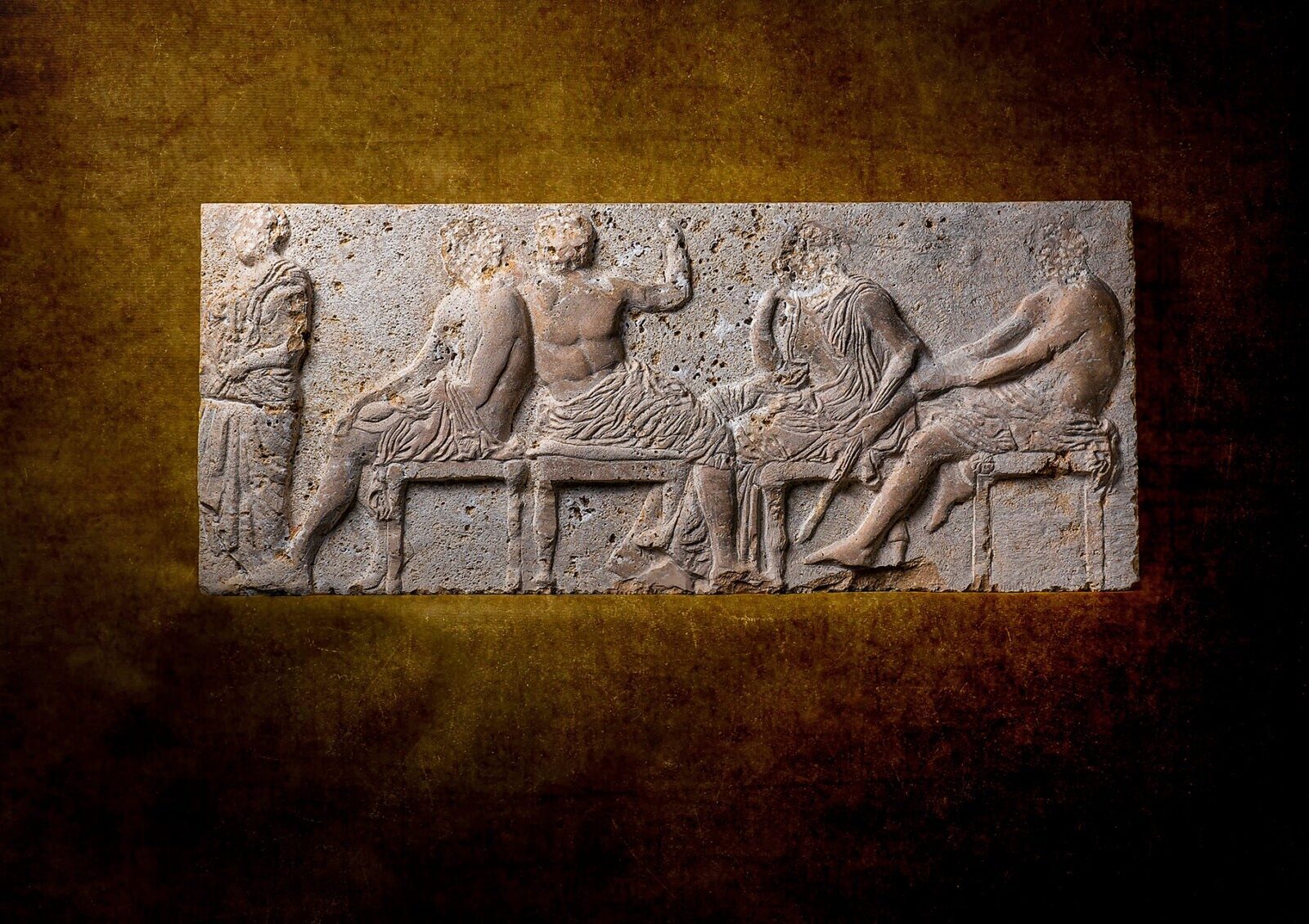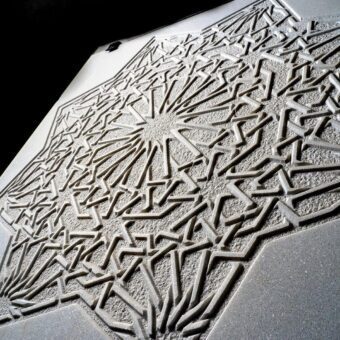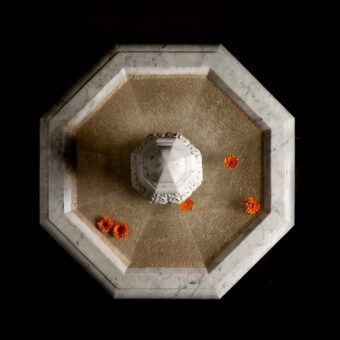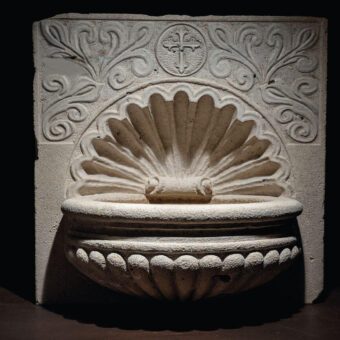THE GODS OF PHIDIAS
REPRODUCTION OF THE PARTHENON FRIEZE. WEST IV, 22-27. THE BRITISH MUSEUM, LONDON
In Athens, the annual festivities of the Panateneas were celebrated in great solemnity every four years. It was called “the great Panatenea” and was the premise that Phidias developed in the frieze bas-relief of the parthenon cella, one of the magnificent pieces in the history of sculpture.
| Weight | 61 kg |
|---|---|
| DIMENSIONS | 42 CM (H), 100 CM (W), , 8 CM (D) |
| MATERIAL | TRAVERTINE CRON |
| DELIVERY TIMES: | 40- 50 DAYS |
Since ancient Rome times, the sense of “classicus” has had an implied quality that increases its value significantly. Then, a “classicus” writer was remarkable and consequently, also worthy of imitation. Therefore, a classic work of art meant a model worthy of admiration and imitation too.
In Athens, the annual festivities of the Panateneas were celebrated in great solemnity every four years. It was called “the great Panatenea” and that was the premise that Phidias developed in the bas-relief frieze of the Parthenon cella , one of the most magnificent pieces in the history of sculpture.
With a narrative and broad sense, Phidias and his disciples showed the possibilities of composition and techniques that the relief allowed, leading a religious procession. It was civic and made up of the entourage that accompanied the peplos knitted for the Goddess Athena, protector of the city. It was a demonstration of the democracy power over the Olympian deities; a work intimately linked to one of the Athenian democracy key figures; Pericles.
Equally, the Ionic frieze is bifurcated in two directions. It departs from the south-west corner with a similar narrative sequence to meet again in the East frieze that correspondsto the front of the temple and where it is represented the ceremony culmination. It illustrates every moment of the festivity: the horsemen, the wagons, the elderly people, the musicians, the drivers of the animals that would be later slaughtered, the maids, heroes who are characters of superior social class as they are next to the Olympians Gods assembly. Lastly, we find Athena: whose honor is the reason of the festivity.
From right to left, the chosen scene with four characters might represent: Ares, Demeter, Dionysius and Hermes whose symbols are partially lost but still easy to identify. It is just a small sample of the 160 meters long of the carved frieze in pentelico marble. Although the genius of such sculptor is obvious, there are many things that deserve our attention. Among them, we point out the perfect harmony between the figures, the unbeatable composition, and the bodies according to the standards, the delicate anatomy or the elegant shapes. Besides, the absolute accuracy of the character's psychological treatment, which is definitely contrary to the lack of eloquence, to subscribe to the most subtle spiritual equilibrium. The perfect sculptural remains exemplified thanks to the special treatment realized by its cloths leading to the concept of “wet cloths” technique used to emphasize the light, invigorate the figures and display their subtlety.
While from the outside of the peristyle, the columns make it difficult to run your eyes over it,from the inside of the peristyle, the 12 meters that separate it from the ground oblige people to bend their necks too much. This might be the reason why the blocks were slightly leaned to the front and get light from the ground. Although it was polychromatic at the beginning, no color is observed nowadays.
The west frieze is still in the Parthenon, whilst the other three sides are mostly in the Acropolis museum in Athens and the British Museum, being part of the so-called Elgin marbles.














